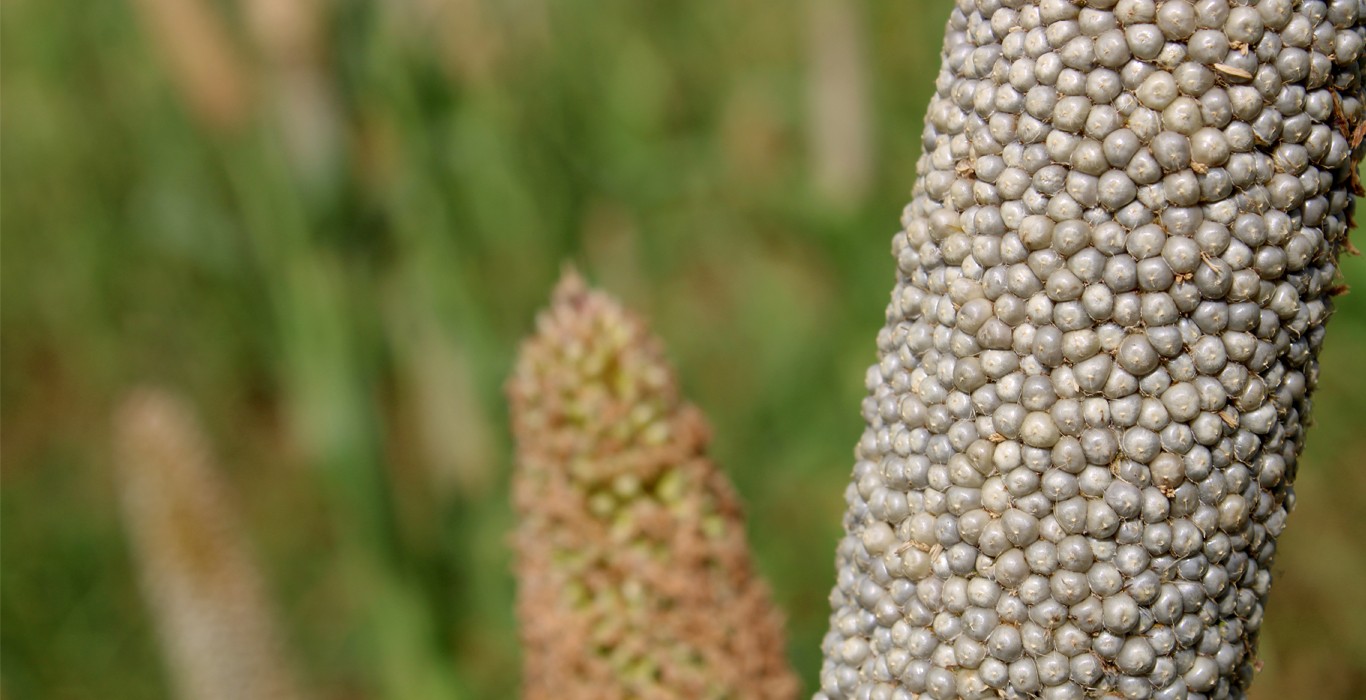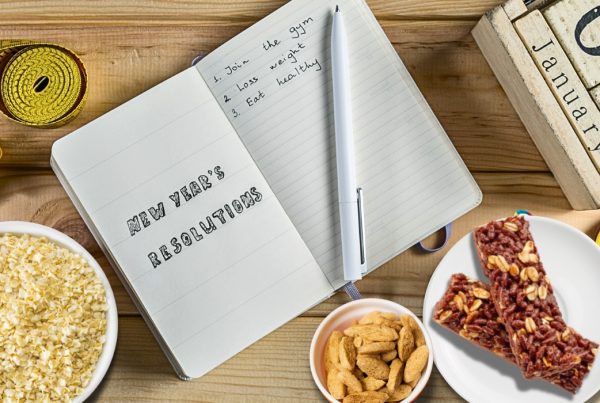Do you know that India is leading the world towards a superfood?
The most versatile, and nutritious, something that has been around for thousands of years in India and is also called nutri-cereals.
Yes!
Millet it is!
It all began in 2018 when the Indian government wanted millet to be considered a superfood and it notified millets as “Nutri cereals”. The government went ahead and included millets under the POSHAN mission Abhiyan. Later, understanding the health benefits of millets, the proposal to designate ‘2023 as the Year of Millets’ was put forward to the United Nations. 72 other countries supported this idea and finally, India’s initiative was successful and the year 2023 was declared the International year of millets.
But how is it linked to the food security of the world?
Well the answer lies in the way the millets are cultivated.
The crop does not require much water and or have major climatic condition constraints. It can grow in arid conditions with minimal water. Even the soil fertility is not a major hindrance when it comes to growing millets. The best part is that the crop grows faster and is ready for harvest in a short time. It does not require any pesticides or chemicals, so millets are naturally organic. This means that the millet production can be scaled up without harming the environment and it can be a healthy food alternative to a large population. Millets are low-input intensive crops making them a marginal farmer’s first choice.
The one major set-back in popularization of millets is the lack of awareness about it. With 2023 being designated as the year of millets, hopefully the awareness about millets will grow drastically, thereby supporting and sustaining farmers in countries like India and Africa. Owing to the economic benefits of millets, increased consumption of millets will directly alleviate the economic status and food security of poor people around the world. The health benefits of eating millets will ensure good health and well-being.
Millet cultivation and consumption can improve the country’s chances of achieving the 3 SDG goals of, 1- no poverty, 2 – zero hunger and 3- good health and well-being.
Indian Government Initiatives
To mark the Year of Millets 2023, various initiatives have been launched by the department of agriculture and farmers welfare. They had launched various competitions to raise awareness of millets and their benefits
- The comic story contest, “ Mighty Millet Quiz” and “Millet Startup Innovation Challenge” are some of the popular competitions and challenges that will remain open till 31st January 2023.Young minds can offer their expertise and creative ideas on technological and business solutions as well.
- Department of Food and Public Distribution( DFPD) has ordered all the officials to start promoting and introducing millet in their canteens and in the meetings. DFPD has actively promoted the consumption of millets in the country and utilizing the millets for distribution in TPDS, ICDS, and MDM schemes .Read more about it here 2023 International year for millet.
Wondering why is millet a superfood?
Millets are highly nutritious. A study says according to the Food Safety and Standards Authority of India (FSSAI)
millets are high in dietary fiber.
Nutrition value :
7-12 % protein,
2-5 % fat,
65-75% carbohydrates
15-20% dietary fiber
Millets are a family of cereals and they are highly nutrients dense. Millets are loaded with vitamins, minerals, phytochemicals, and anti-oxidant properties. Millets also help in tackling malnutrition and micronutrient deficiency. With 828 million people affected by hunger, consumption of millets may be the answer to world’s food security.
Situations like the conflict between Russia and Ukraine can also create a food crisis for the world. With Russia being the world’s largest wheat exporter and Ukraine being the fifth largest, food security became a grave concern for the world during the past few months.
History of Millets
Millets were a traditional staple for people in Sub-Saharan Africa and Asia for over 7000 years. Due to globalization, and excess promotion and cultivation of other cash rich crops like wheat, there have been a tremendous change in dietary habits.
Millets today are considered a poor man’s food, whereas they are highly nutritious as compared to carbohydrate-dominated rice and wheat.
Vegan and gluten-free meals are now trending and bringing renewed interest in millet. Millets are more nutritious than rice and wheat. Millets are rich in calcium, iron, vitamin B, magnesium, potassium & zinc. Let us make the Year of Millets a grand success and increase the consumption of millet in our daily diet.







